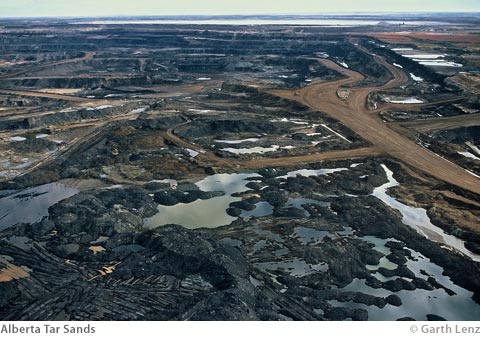I don't know what the biggest news in the bird watching world was this week - maybe the Ross's Gull that appeared at Niagara Falls or maybe the continuing higher-than-usual numbers of many Boreal birds like Bohemian Waxwings, Pine Grosbeaks, and Common Redpolls across the eastern U.S. Here in Maine we've had two rare Boreal owl species show up this week. One Great Gray Owl that was seen by many people in central Maine for a few days before being taken in by a bird rehabilitator and a Boreal Owl that was photographed sitting on someone's backyard clothesline before it disappeared.
But one way or another, the birding news in much of the U.S. has been dominated by Canadian Boreal birds.
In Canada this week there has also been a lot of news about birds, or at least that may relate to whether our kids and grandkids will have the chance to enjoy the numbers of Boreal birds that we are enjoying. Early in the week the premiers (that's the Canadian equivalent to a governor for those from the U.S.) of Canada's provinces came together for several days of meetings in British Columbia. That province's Premier Gordon Campbell may be trying to be the Arnold Schwarzenegger of Canada as he has been pushing for more aggressive carbon-capping policies than Canada's federal government.
The meeting of the premiers was dominated by discussions about what could be done to adapt to the ever-increasing temperatures and resultant social, environmental, and economic problems posed by global warming. Decreasing emissions of greenhouse gases should be at the top of that agenda, but provinces like Alberta say that short-term royalty income from oil production is more important than birds like those Bohemian Waxwings many of us have been enjoying. They say that the loss and degradation of habitat over an area the size of Florida and the massive injection of carbon into the atmosphere from the Tar Sands mining operations is a good trade-off.
I don't agree.
![]() Yesterday a study was released that showed the likely cumulative impacts on birds and Woodland Caribou in the Alberta Tar Sands region if business continues as usual. The study considered the effects on several indicator species including the Black-throated Green Warbler - a species of Special Concern in Alberta - which occurs there in highest densities in old-growth forest.
Yesterday a study was released that showed the likely cumulative impacts on birds and Woodland Caribou in the Alberta Tar Sands region if business continues as usual. The study considered the effects on several indicator species including the Black-throated Green Warbler - a species of Special Concern in Alberta - which occurs there in highest densities in old-growth forest.
The results were startling.
Black-throated Green Warblers would likely decrease by 60% (40,000 fewer birds) and Ovenbirds by 34% over the next century. Sadly, Woodland Caribou will almost certainly disappear altogether as they did from here where I am in Maine in the early 1900's. And that's just the few species that they were able to include in the model. What will happen to wetland-dependent birds that have a large proportion of their breeding range in the Tar Sands area like the Short-billed Dowitcher? What will happen to birds like the Olive-sided Flycatcher that was just added to Canada's Threatened list? This and other forest birds that occur in the Tar Sands region like the Canada Warbler and the Bay-breasted Warbler have already experienced a 70% decline in Canada over the last 40 years.

The story comes full circle when you learn that many corporations invested in the Alberta Tar Sands mining operations are in places like Texas where many of those Short-billed Dowitchers may be spending the winter. Or when you discover that (especially if you are from the Chicago or Denver areas) the gas in your car or fuel in the airplane overhead may have come from a pipeline that drains south from the Tar Sands to your backyard. For people who love birds it's not a pleasant thought to imagine pumping gas into your car that may be making it less likely that you or your kids will see a Canada Warbler migrating through next May.
I don't want that part of our natural legacy taken away.
When it comes to global warming and birds there are at a number of things that Canadian federal and provincial leaders should do:
- Decrease industrial carbon emissions including from Tar Sands operations;
- Keep carbon that is now stored safely in the soil, peat, trees, and under permafrost in the Boreal, and including in the Alberta Tar Sands, from being injected into the atmosphere and heating things up further;
- Increase the number of very large unfragmented Boreal forest areas off limits to industrial activity to keep the carbon in the bank and to provide a place of last refuge for species reduced by global warming impacts.
- Jeff Wells

